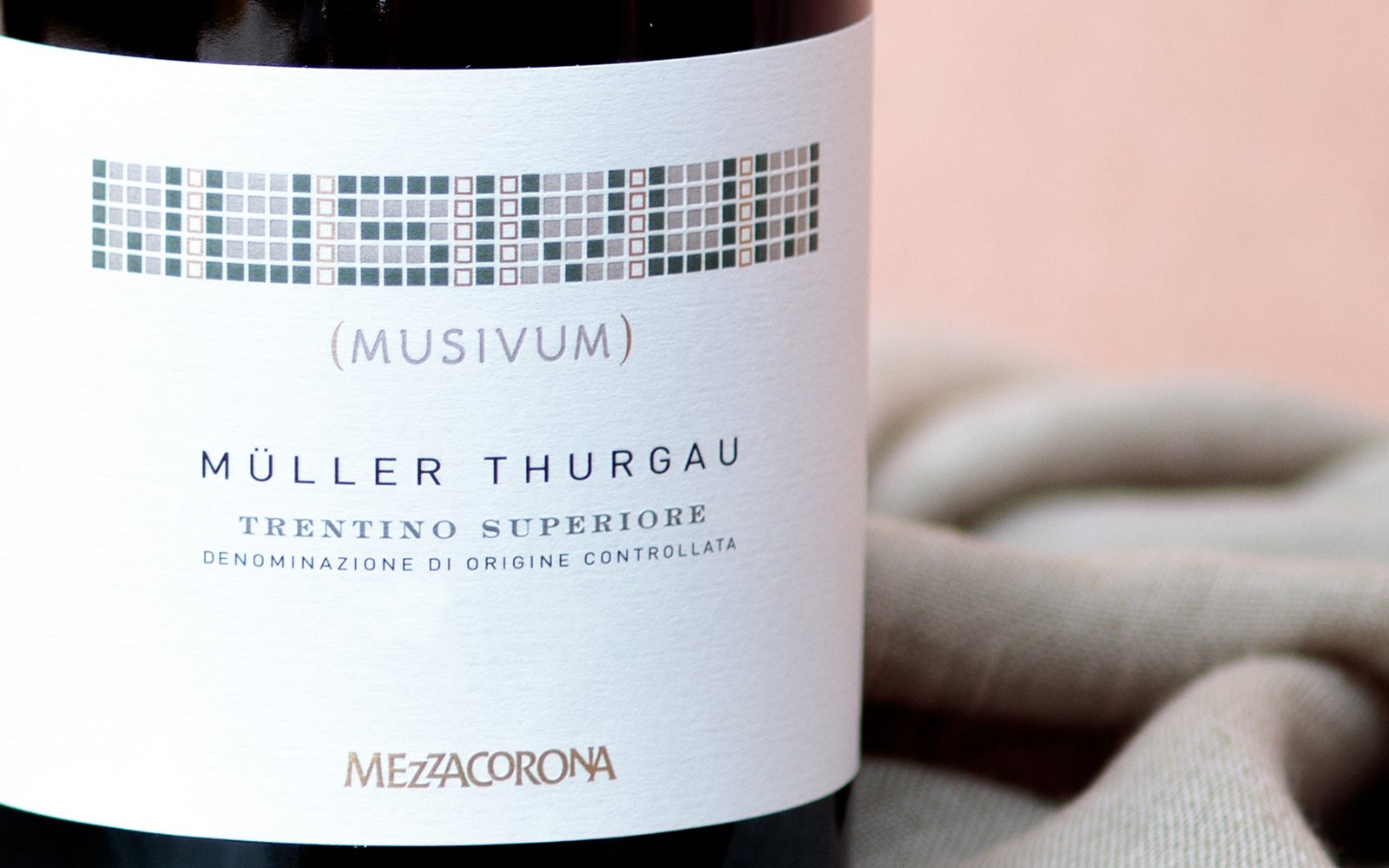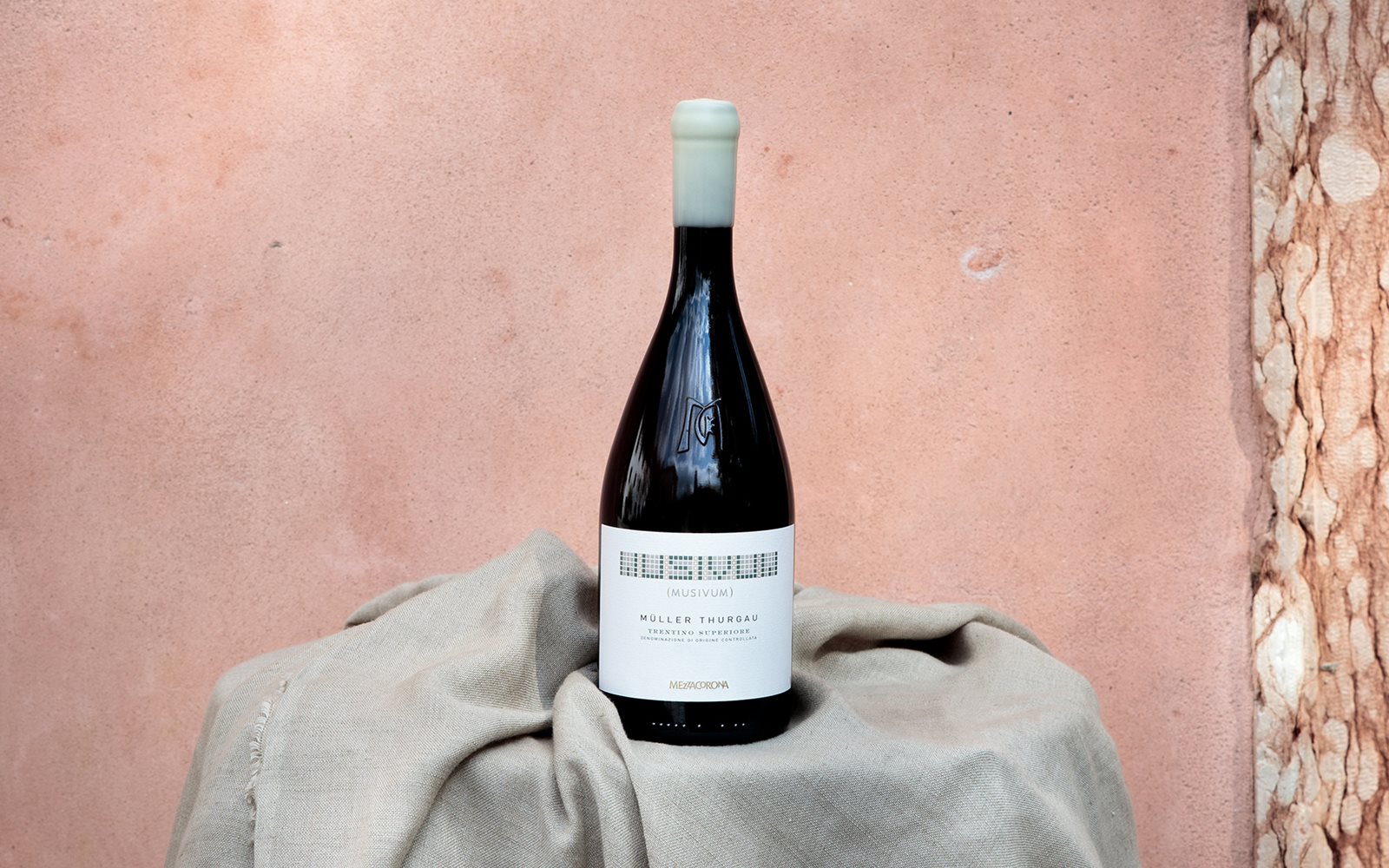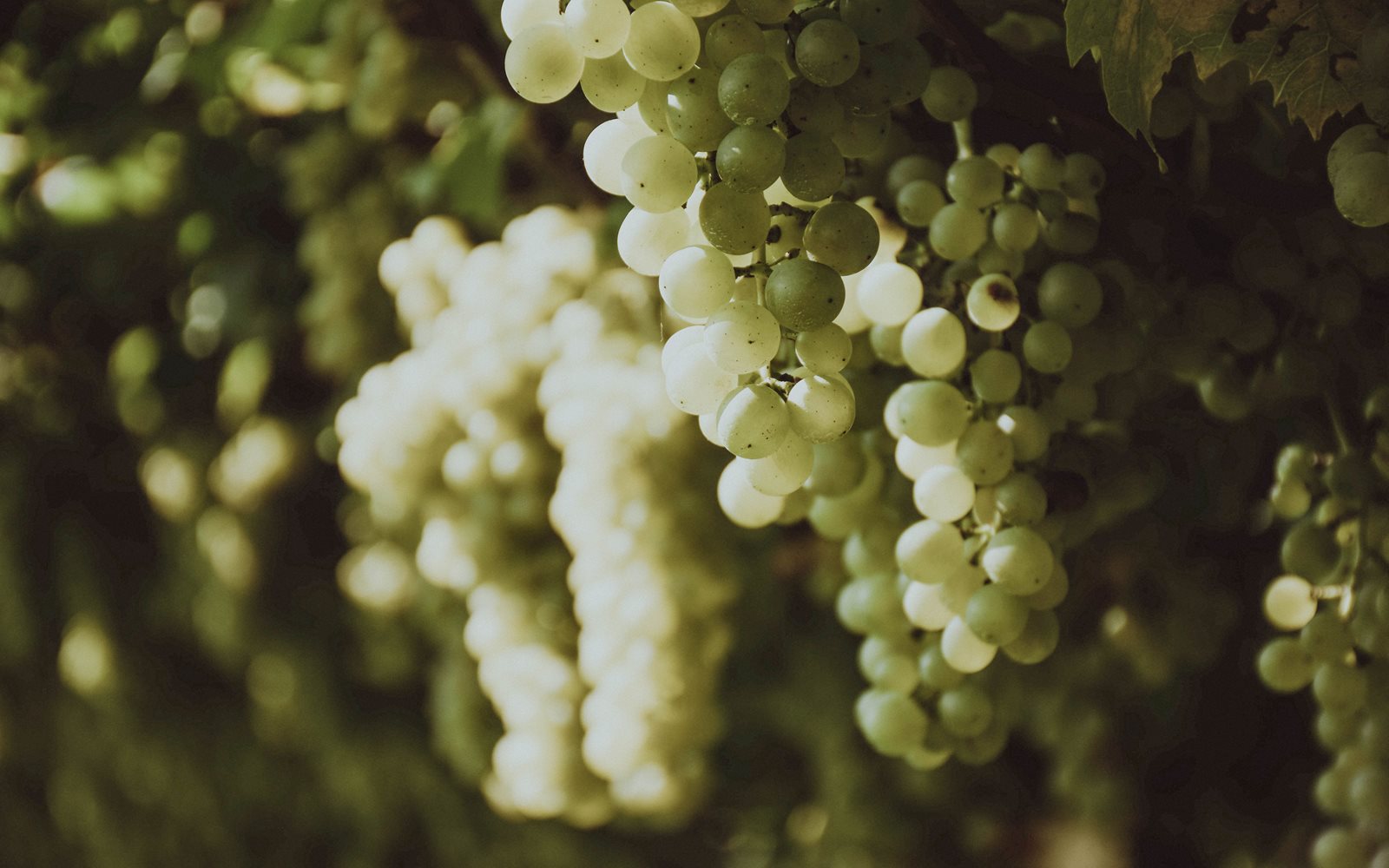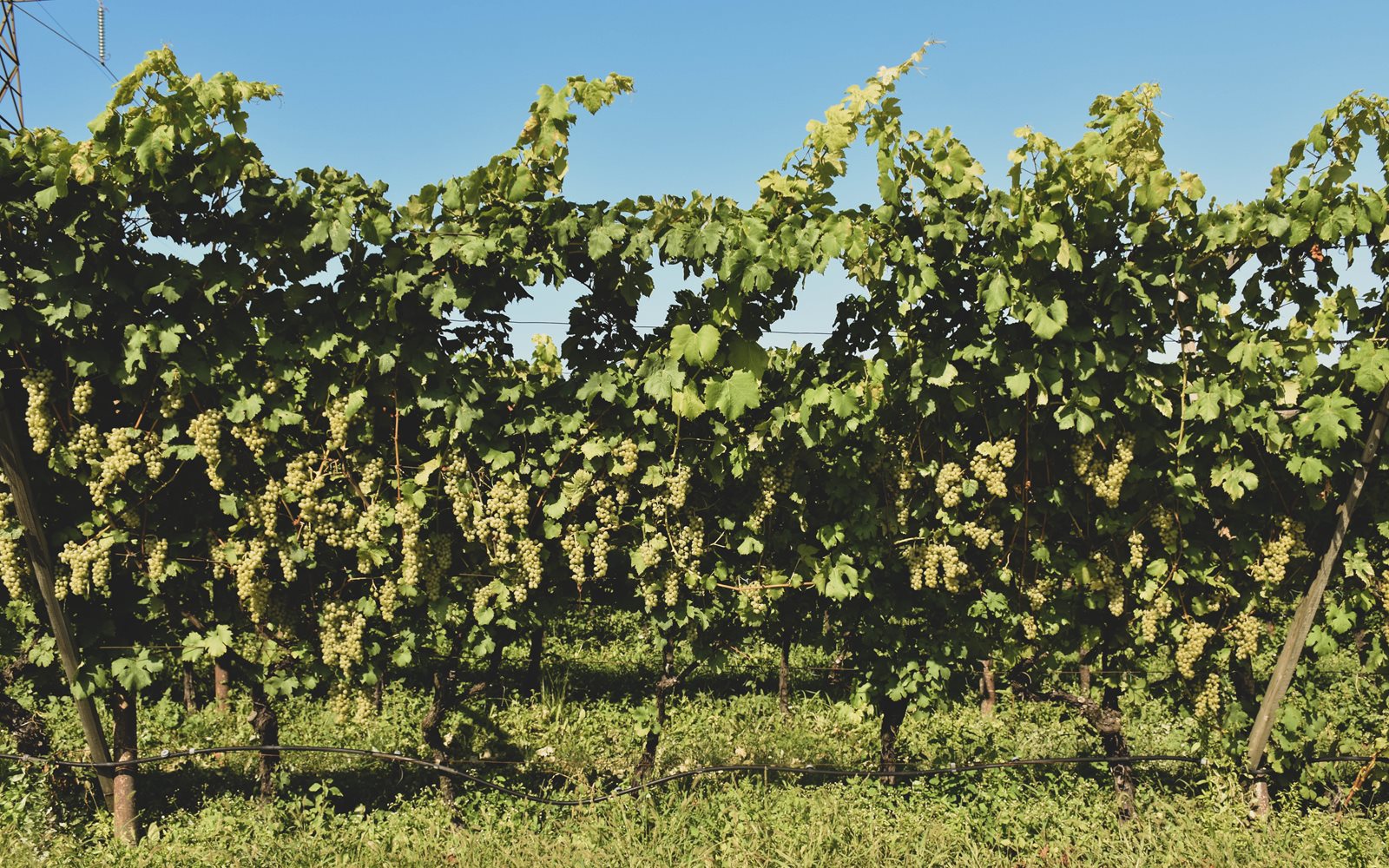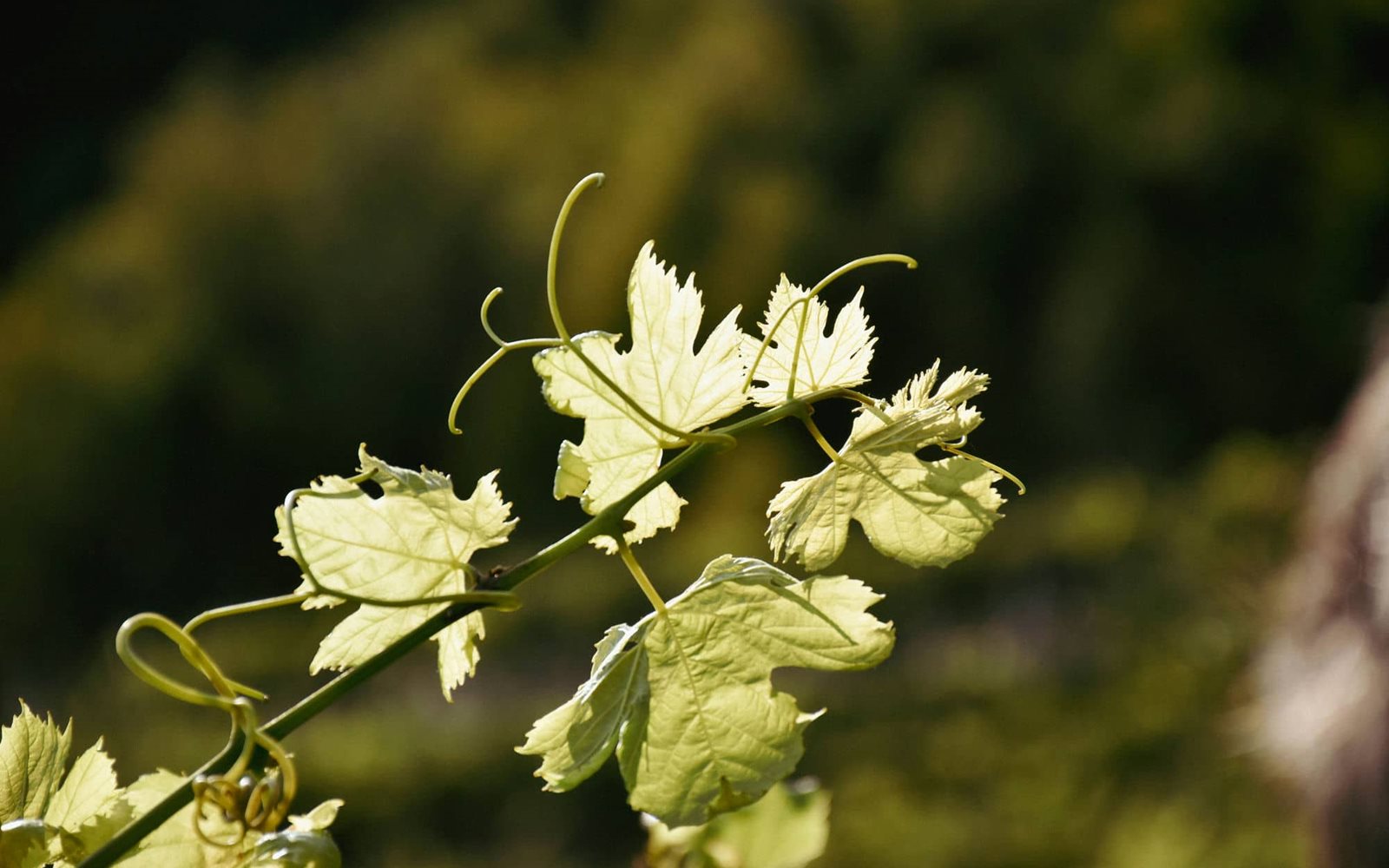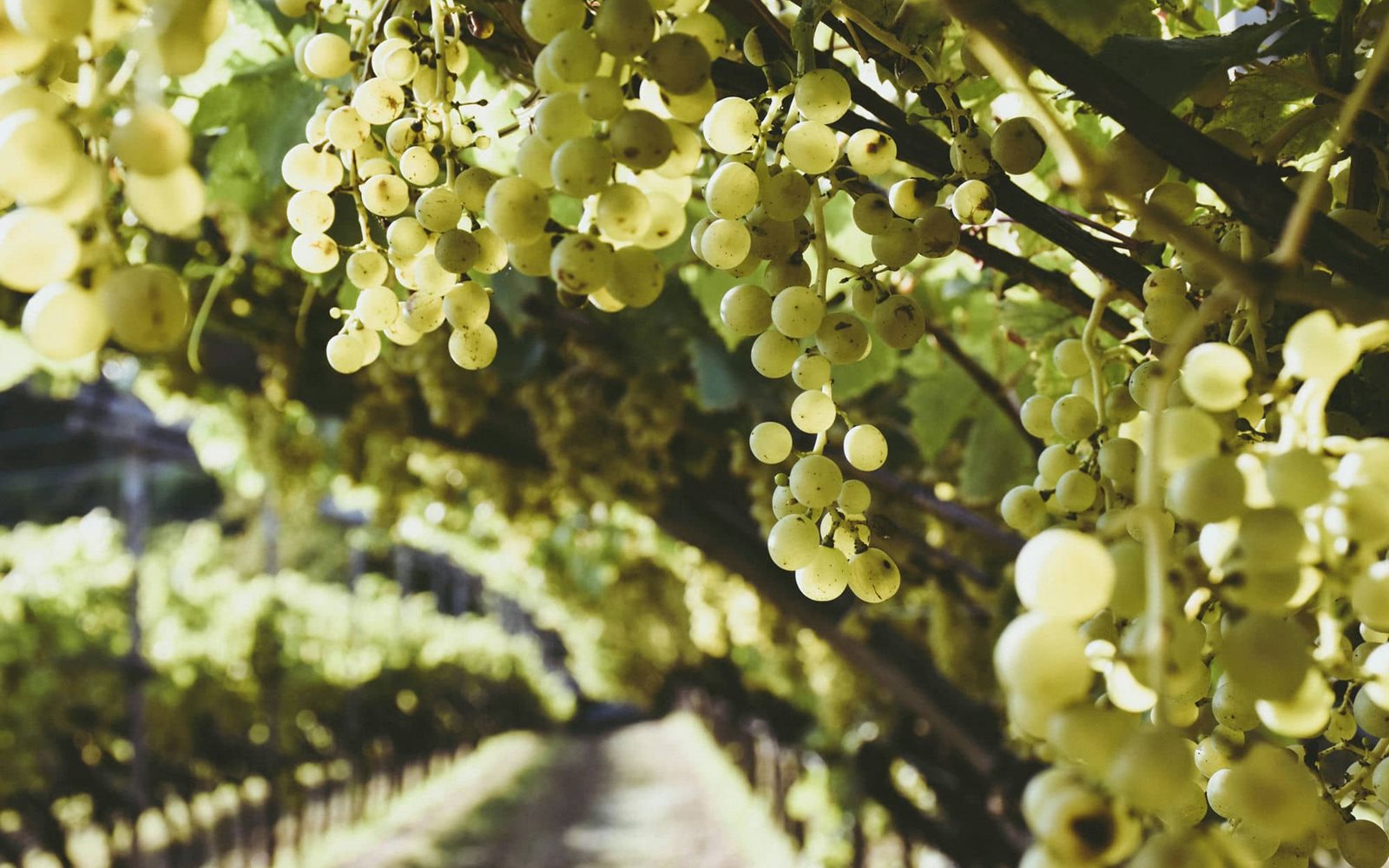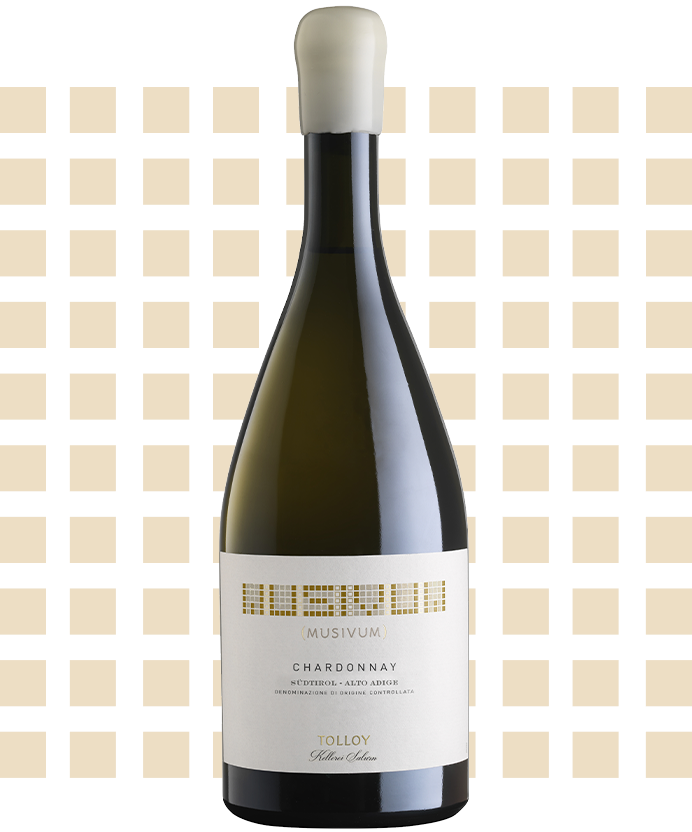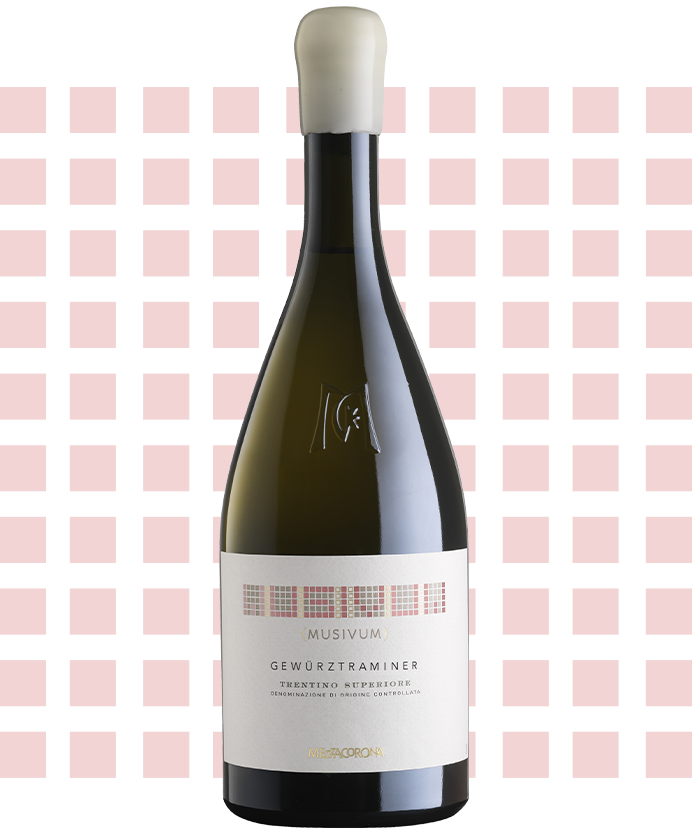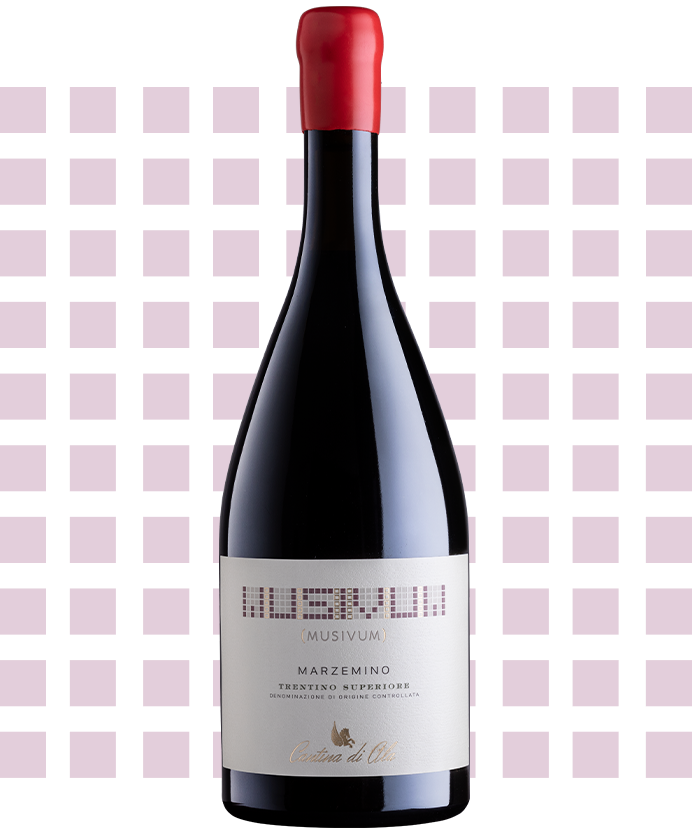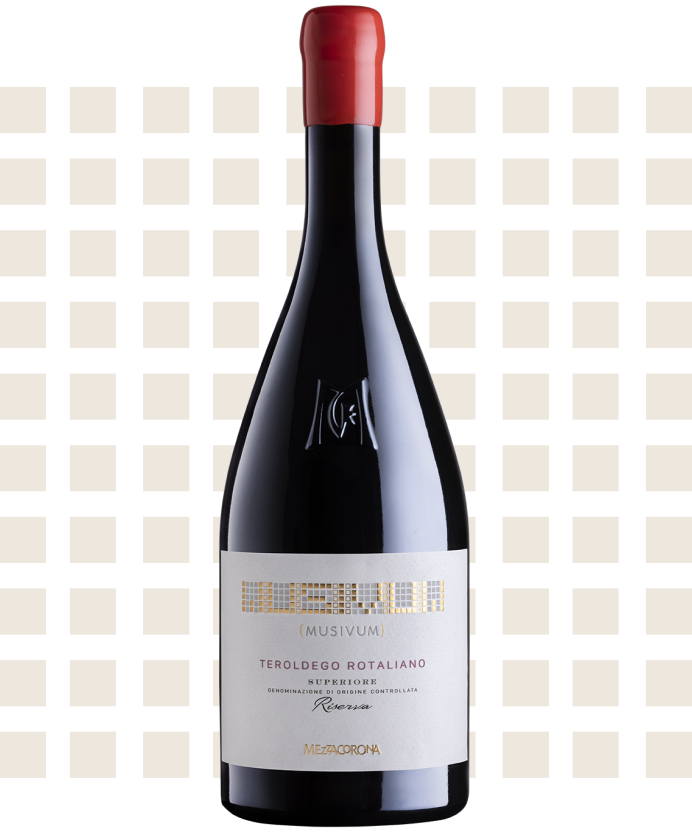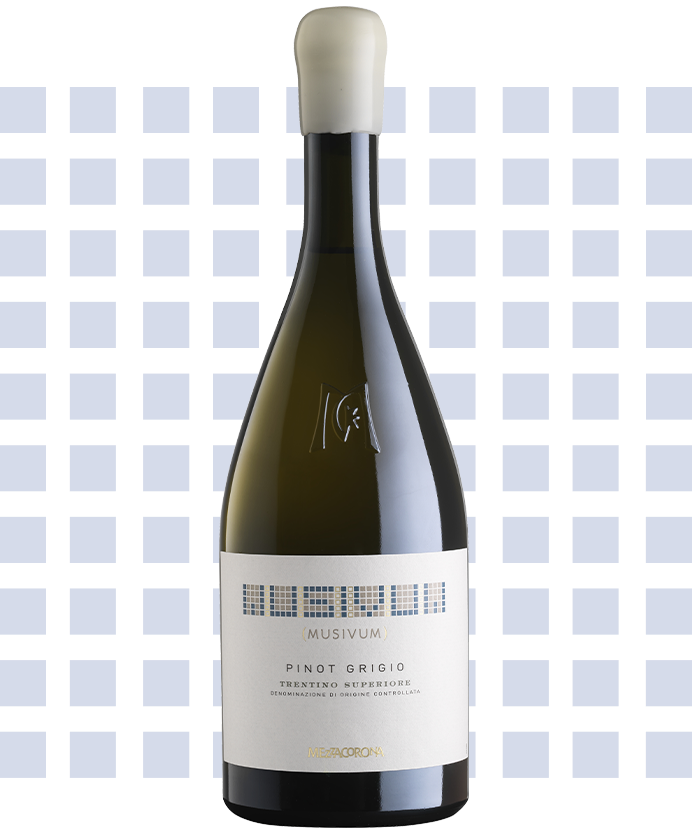
MÜLLER THURGAU
TRENTINO DOC SUPERIORE

alcohol content 12.5% vol

2088 bottles

serving temperature 6-8°C
About Müller Thurgau
A straw yellow wine with green highlights. An enchanting bouquet of Alpine herbs such as thyme, sage and wild mint, complemented by white flowers and clover. On the palate it is complex, assertive, with a vibrant acidity and an immensely long finish. An intriguing note of porphyry stone from the Cembra valley is elegantly fused with hints of cedar and candied lemon, complemented by a light spice of cinnamon.

The first recorded information on Müller Thurgau in Trentino was in 1950 in the fortnightly 'Agricoltura Trentina' journal of the Provincial Agriculture Inspectorate, edited by Dr. Gino Salvaterra. A note referred to an experiment lasting about 10 years with the Istituto Agrario di San Michele all'Adige. The feedback on this variety was positive provided that preference was given to growing areas between 500 and 750 metres above sea level and to areas exposed less to the sun for altitudes between 500 and 550 metres.
Vineyards with these characteristics have been chosen for Müller Thurgau Musivum, near the villages of Cembra and Ville di Giovo, in Val di Cembra. Here, the soils tend to be sandy or loamy, often with a rich with limited soil water reserves that enhance the productive features of this variety. The vineyard terraces are delightfully characterictic with their dry-stone walls on slopes formed by porphyritic rock.
Vineyards with these characteristics have been chosen for Müller Thurgau Musivum, near the villages of Cembra and Ville di Giovo, in Val di Cembra. Here, the soils tend to be sandy or loamy, often with a rich with limited soil water reserves that enhance the productive features of this variety. The vineyard terraces are delightfully characterictic with their dry-stone walls on slopes formed by porphyritic rock.
The Müller Thurgau Musivum grapes come from two different areas characterised by optimal exposure and altitude. The two vineyards are harvested separately, a few days later than the average ripening time. The grapes are harvested in the early morning hours so that the low temperatures preserve their freshness. They are placed in perforated containers and the bunches are kept in the refrigerator overnight in order to enhance and transfer the aromas present on the skin to the must. For this same reason, they undergo cryo-maceration in the press at a temperature below 10°c for 4-5 hours.
To avoid oxidation of the extracted must a special pressing process is carried out. This must is left in the tank for several days(cold soaking), with periodic suspension of the lees, so that the fibres and solid particles from the skins and pulp continue to release their aromatic properties to the must.
Once flotation has taken place to remove these particles, inoculation of the musts is carried out on the two batches using different yeasts, all aromatically neutral, so as to best respect the primary aromas of the grape variety. It is then fermented at around 17°C until the sugars are completely consumed.
The two cuvées are matured separately for three months and then, once mixed together, the wine is matured for a further year on the fine lees in small stainless steel tanks. After bottling, the wine is aged in the bottle for at least six months.
Wine of a straw-yellow colour with green reflections. It enchants with its bouquet of Alpine herbs such as thyme, sage and wild mint, complemented by white and clover flowers. On the palate it is complex, assertive, with a vibrant acidity and an immensely long finish. An intriguing note of porphyry stone from the Cembra valley is elegantly fused with hints of cedar and candied lemon, complemented by a light spice of cinnamon. The 2019 vintage boasts a bouquet of elegant and particularly fresh aromas.
Wines
